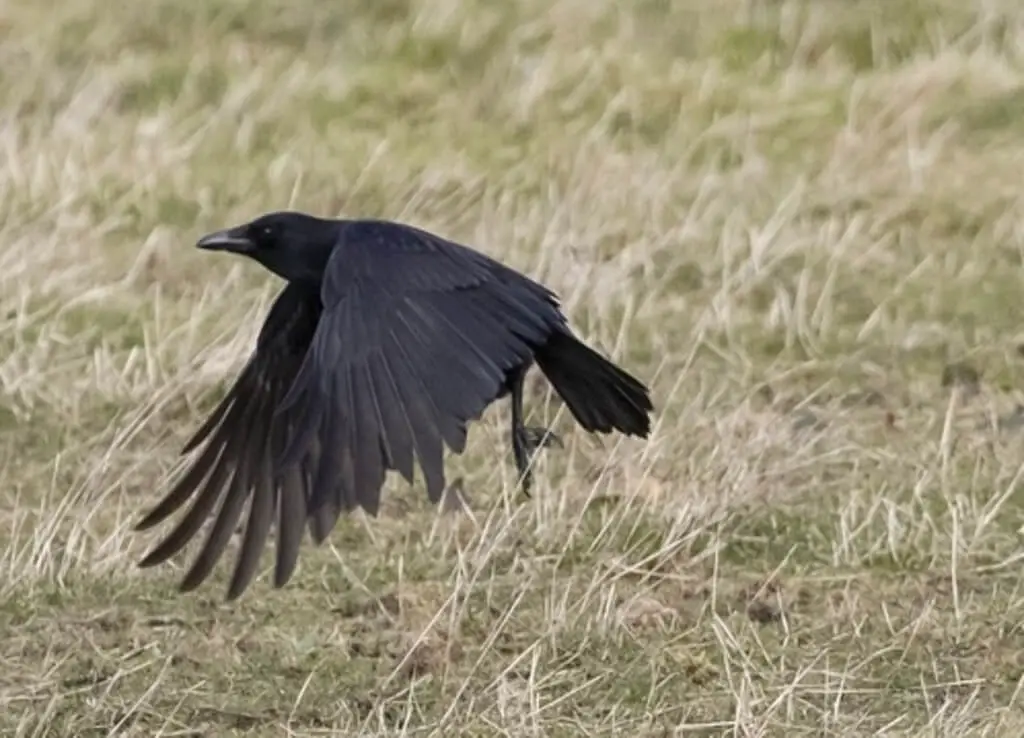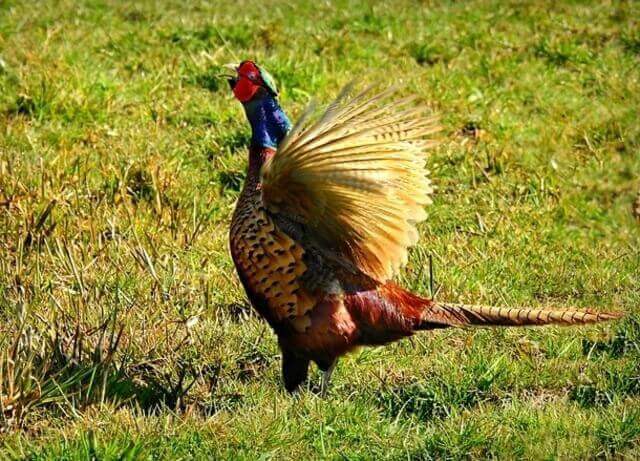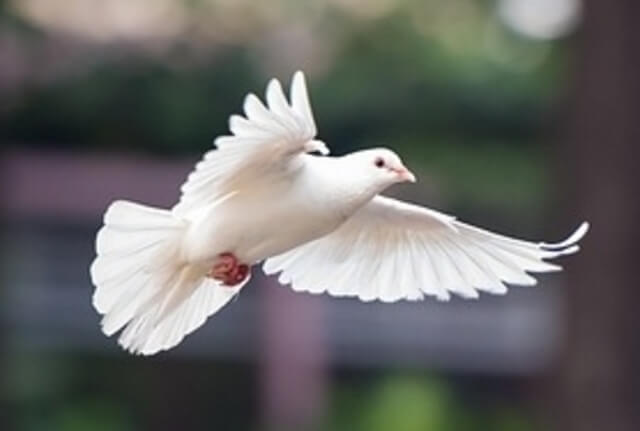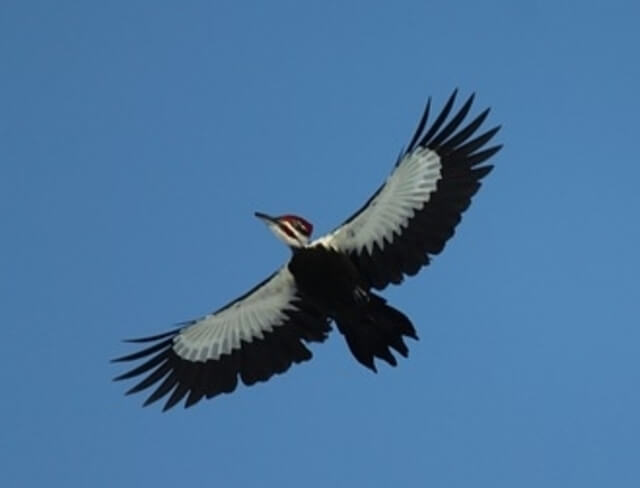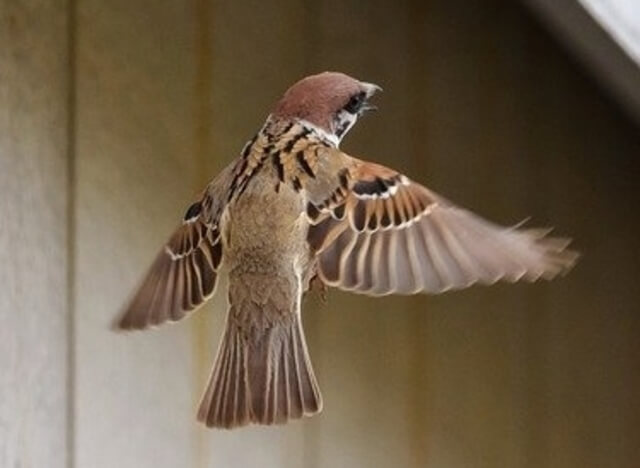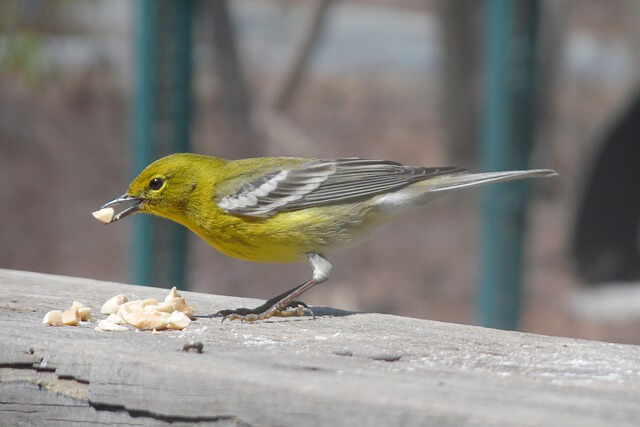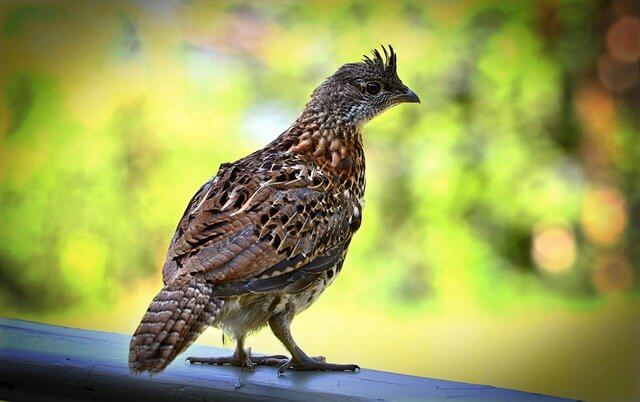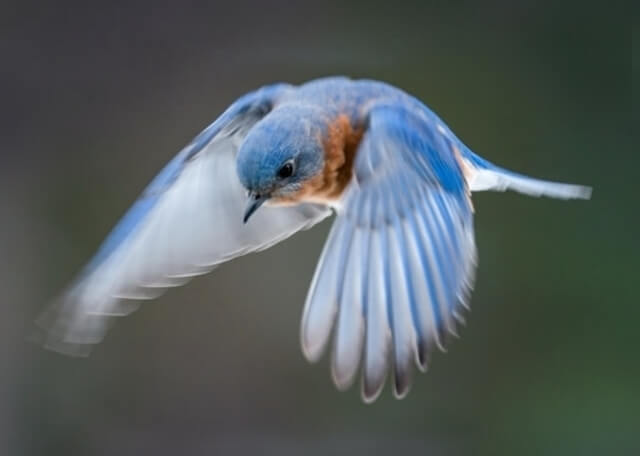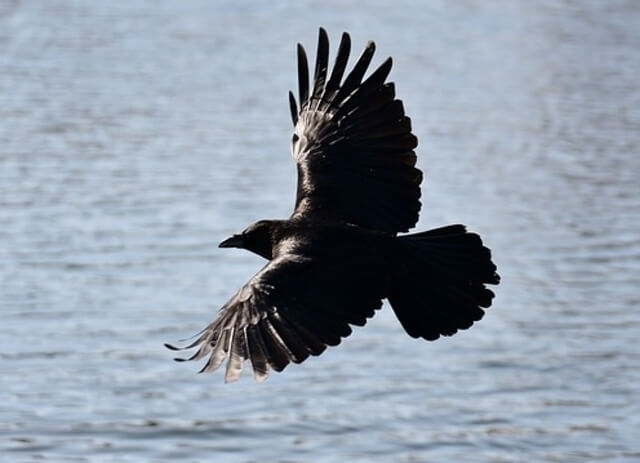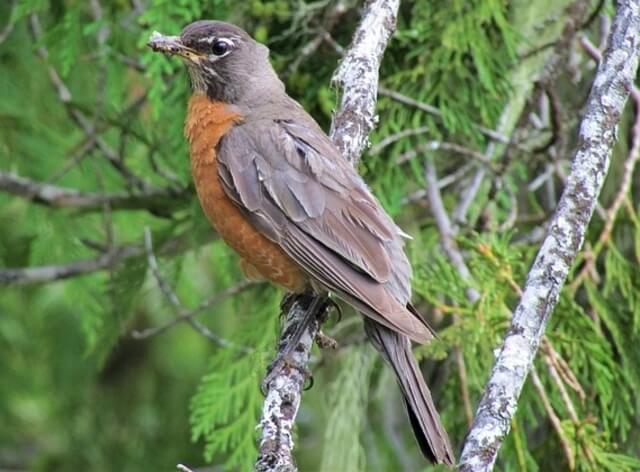Elliptical wings are a common adaptation among many bird species, providing them with excellent maneuverability, fast lift-offs, and small bursts of speed. Additionally, they offer great balance and stability in the air, allowing birds to stay aloft while moving through air currents. In this blog post, we will explore 12 common species of birds with elliptical wings and learn about their unique adaptations and behaviors.
Table of Contents
Pheasants
Do pheasants have elliptical wings? The answer is yes, they do. The shape of the wing is elliptical and not rounded because the main purpose of the wing is to generate lift for flight. This shape makes it easier for them to fly and take off quickly from the ground. Pheasants are usually found in rural areas where there are few predators that would threaten them. They can also be found near farms and open fields, which make up their natural habitat, as well as farmland.
Doves
Doves have elliptical wings. This is a very good thing for them because their aerodynamic design makes it easier to fly and steer through the air. This means that they can glide in the wind with ease, maneuvering around any obstructions. The down feathers on a dove’s wing create air resistance, which slows them down when they are flying or landing. Their wings are also incredibly strong, which helps them to take off into flight from the ground without too much effort. The strength of their wing muscles also help them to fly higher and faster than other birds.
Woodpeckers
Woodpeckers have elliptical wings, which allow them to perform complex aerial maneuvers in trees. The woodpecker’s wing is unique because it has a long, straight leading edge and curved trailing edge. This makes the wing aerodynamically efficient by reducing turbulence and drag caused by the curves. Woodpeckers also use these elliptical shaped wings to create a downdraft when they flap their wings. This creates a vacuum that pulls them into the tree trunk where they are pecking.
Sparrows
Sparrows have elliptical wings. These wings allow them to fly fast and turn quickly without getting tired. A sparrow’s wing is a marvel of engineering. Each wing has an elliptical shape, with a long chord length and short arm span. This allows the bird to fly very fast for extended periods of time because the long axis creates lift from air passing over it more quickly than if there were two longer chords on either side of the animal’s body, as in other birds’ wings. The upstroke and downstroke of the wings create a “wingbeat”.
Magpies
Magpies have short, rounded, broad, elliptical wings. These features are common in birds that are good at maneuvering quickly and swooping down to catch prey on the ground. Scientists believe that this adaptation helps magpies to evade predators more easily by allowing them to turn faster than other bird species with long, thin wings.
Warblers
A warbler is a type of bird that can be found in the US and Canada. Warblers have elliptical wings, which are longer than they are wide. This allows them to maneuver through dense vegetation as well as tight spaces with ease. They also use their long tail feathers for balance while hopping on branches or picking insects off leaves. Warblers primarily eat insects, although some will occasionally eat seeds and berries.
Grouse
The Grouse, has elliptical wings that are short and broad. Grouse’s feathers have tiny slits on them called “brushes” that make their flight quieter when they fly through vegetation. It was also found that this wing type helps with balance control and is better at minimizing drag than other wing shapes such as pointed or rounded wings.
Thrushes
Thrushes are small songbirds that have wings shaped in an elliptical form. This shape is perfect for the type of flight the bird needs to do and what it eats. The wing feathers are not just feathers, but they also have very strong fibers on them called barbules. These barbs act like tiny hooks which lock onto each other when air flows over them from the front of the wing to back, creating lift and forward motion as well as controlling direction and speed.
Crows
Crows have an elliptical wing type. This is a unique trait for their body shape, which allows them to fly faster and more efficiently than other birds. They also are able to take off fast from the ground as well as most birds can take off from a tree branch. Many crows in North America live in forested areas with tall trees, and they often use their wings to navigate through dense thickets of vegetation where few other bird species can fly.
Ravens
Ravens are black birds with an elliptical wing type. Ravens have an elliptical wing type. This means that the wings of a raven are thinner and wider than other bird species. This shape is beneficial for quick turns, as it provides more surface area to generate lift and less drag during flight. Ravens can also fold their wings inwards, which reduces air resistance while flying at high speeds or when gliding down from great heights (such as after eating prey).
Blackbirds
Blackbirds have elliptical wings. This means that the bird’s wing is long and thin, in contrast to a traditional circular shape. Blackbirds are also very lightweight and can fly for extended periods of time because they do not use much energy to stay aloft due to their lighter weight. Furthermore, blackbirds rely on high frequency vibrations of their wings for flight, which enables them to maneuver easily through tight spaces such as tree branches.
American Robin
An American Robin has elliptical wings which help it fly around in the air. These features are useful because they can make it easier to land, maneuver, and change direction quickly. The shape of their wing also helps with a fast takeoff flight from trees or bushes to go out on hunting trips at night looking for food.
Frequently Asked Questions
What are the components of an Elliptical Wing?
The most common type of wing is an elliptical wing. The major components are the leading edge, trailing edge, chord and camber. There are two types of chords: longitudinal and transverse. A leading edge is located at the front tip or nose of a wing, while a trailing edge is on the back side near the end of the wing’s arm. Chord can be thought as distance from where one part meets to another point along its length in an ellipse.
Why are elliptical wings better?
Elliptical wings allow birds to move around in a much more aerodynamic and efficient way than their straight wings. Birds using these types of wing girdles travel faster, need less energy to stay in the air, have more speed and maneuverability, and reach takeoff speeds quicker than birds with straight wings.
How do elliptical wings help birds migrate long distances?
Elliptical wings are well-suited for long-distance flight because they provide excellent lift and maneuverability. Migratory bird species with elliptical wings are able to fly long distances with great efficiency and control.
Are there any downsides to having elliptical wings?
While elliptical wings provide many advantages, they are not as efficient for staying airborne for long periods of time compared to other wing shapes. Birds with elliptical wings may need to flap their wings more frequently to maintain altitude, which can be tiring over long distances.

